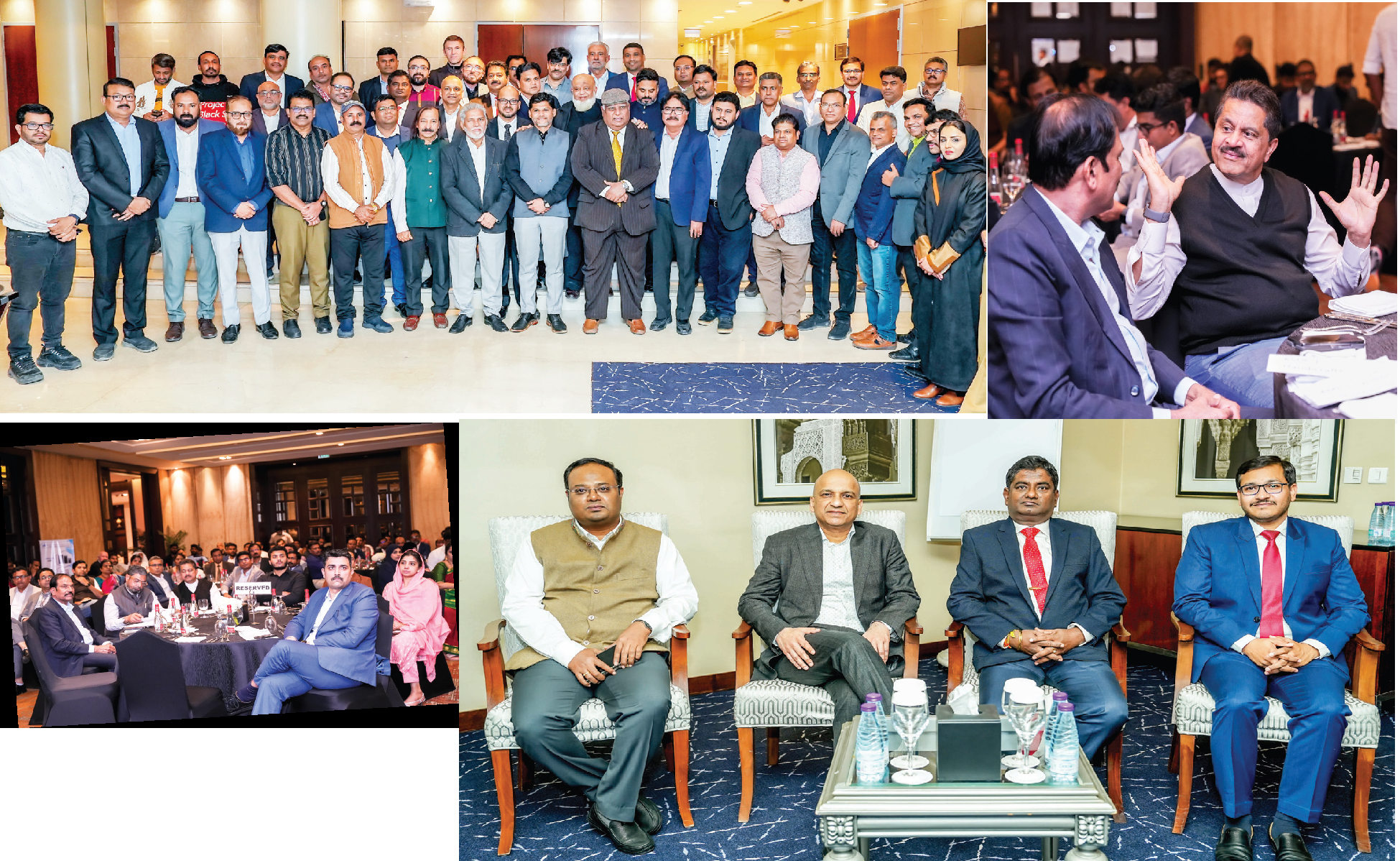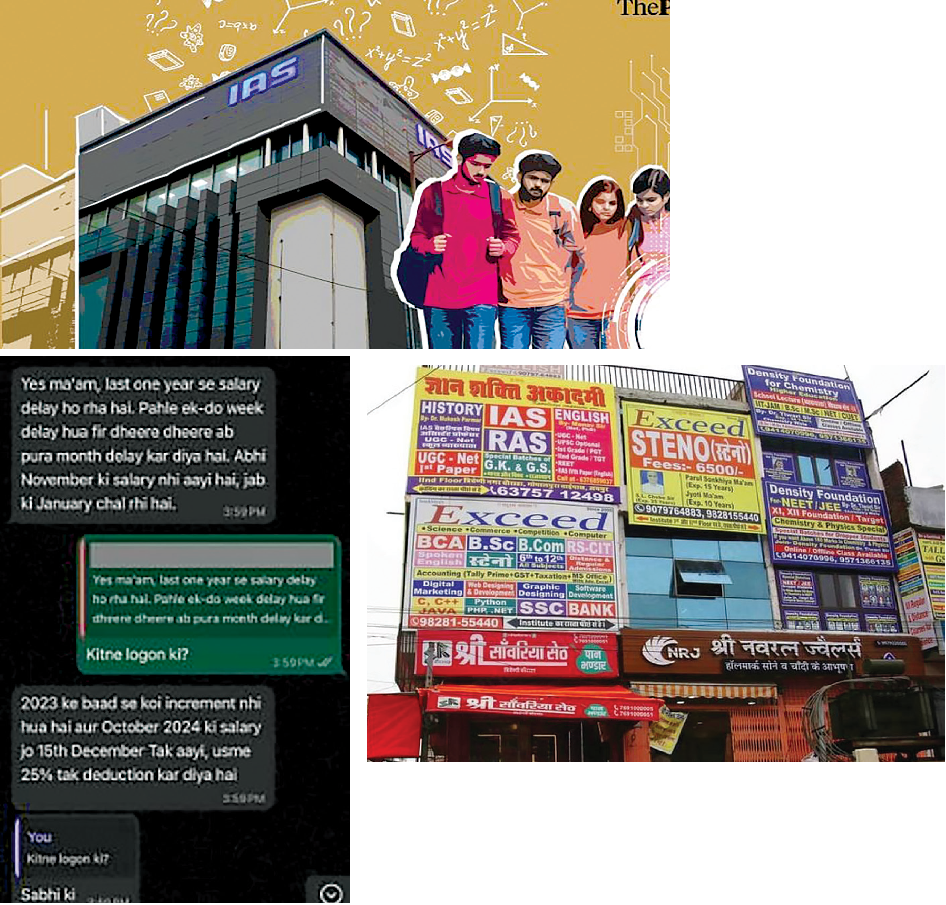
The leading gender
Men and women speak a di erent tongue, especially when it comes to the language of care. The pandemic messages of world leaders show just how di erent they sound,
Supriya Garikipati, Uma Kambhampati and Abhilash Kondraganti
When the COVID-19 pandemic took hold at the start of 2020, citizens the world over looked to their leaders. They watched and listened intently as their heads of state navigated an unprecedented global health emergency. What leaders said reflected how they acted, and how they acted had nationaltering implications.
At key flashpoints in the pandemic response, a trend began to emerge: women who led countries generally responded with more urgency, going into lockdowns earlier and saving more lives in the process.
The men in charge tended to take longer to close down their state’s economies. As a result, their countries broadly suffered from higher COVID-19 transmission and more deaths in the early stages of the pandemic.
Women leaders not only acted faster, but their speeches showed more focus on saving lives, whereas their male counterparts were perceived as being torn between protecting lives and worrying about the economy.
To illustrate, consider speeches given by three women leading states in the Asia- Pacific: Hong Kong Chief Executive Carrie Lam, New Zealand Prime Minister Jacinda Ardern, and Taiwan President Tsai Ing-wen.
Then match these against a male-led country with a similar profile, accounting for a variety of factors such as GDP per capita, population, population density and proportion of elderly.
Lam’s Hong Kong compared with Prime Minister Lee Hsien Loong’s Singapore, Ardern’s New Zealand against Trudeau’s Canada, and Ing-wen’s Taiwan alongside President Moon Jae-in’s South Korea.
Comparing three public speeches per leader made between February 15 and April 15, 2020 delivers an interesting spread -- one speech given before lockdown was imposed, one speech announcing lockdown, and one that came post-lockdown announcement. In the speeches about lockdown, 72 percent of the words in women leaders’ speeches were related to lockdown measures, compared to 36 percent of words in speeches by male leaders. A third of the words in male leaders’ speeches spoke about other government priorities and economic measures, while this was only about 7 percent for the women. These differences were most apparent in the speech before lockdown. In the speeches announcing lockdown, the gap between the genders narrows: 74 per cent of female speeches were about lockdown compared to 65 per cent of male speeches. In the speeches made postlockdown, both sets of leaders spoke mainly about the economic support being provided by the government.
Taking a deeper dive into the speeches helps explore these initial results further.
The three male leaders’ vs. the three female leaders’ word frequency in speeches (top 18 words, after deleting words that both used equally frequently).
Striking a delicate balance
While women in charge tended to focus on saving lives, male leaders were attempting to strike a balance between public health and other government priorities, mainly about the economy. Trudeau, for instance, addressed a wide range of concerns in his Mar. 13 speech:
“I know that you’re worried. You’re worried about your health, about your family’s health. About your job, your savings, about paying rent, and the kids not being in school,” Trudeau told his people.
“I know that you’re concerned about uncertainty in the global economy.” Few other leaders talked about the economy this early in the pandemic.
In Singapore, Lee’s speeches made wide-ranging references to international responses while drawing comparisons to what Singapore was doing.
“In South Korea, the cases spread through the Shincheonji church group,” Lee said in a speech on March 12. “And several Singaporeans who attended a big international religious gathering in Kuala Lumpur recently have caught the virus.”
In the same speech, Lee also cited Saudi Arabia’s temporary halt on Umrah pilgrimages and the Pope’s decision to live-stream sermons to justify his own state’s pandemic response measures. This message remained consistent nearly a month later. On April 10, Lee said:
“This has been the experience of countries like China, South Korea, and New Zealand. They all adopted similar tough measures after a surge in infections.”
In South Korea, Moon generally kept his speeches very short and concentrated instead on praising his citizens. Whilst his female counterpart in Taiwan pushed government initiatives to reduce community transition, Moon focused on a different message:<
 English daily published in Bengaluru & Doha
English daily published in Bengaluru & Doha






